 Grasshopper on daisy
Grasshopper on daisy
|
A caterpillar that is nearly invisible on grass.
Just a pic to show the clear wedge-shaped tail of a raven. This easily separates them from the crows when flying.
Okay, I know what this sign means, but it is just too fun not to post.
The common yellowthroat is a bird I heard a lot in the Monongahela National Forest, but only saw a few times. Here is a male and female pair from the marsh at the upper end of Lake Buffalo.
Flies are very common to see on daisies. And if you look a bit more closely, crab spiders are also common on daisies. And sometimes, both are on the same flower, and we can only guess what comes next.
Wehrle's salamander (Plethodon wehrlei) is found in the forested mountain regions of the US northeast. It likes dark places during the day, often being caves, rock piles with deep interconnected crevices (known as interstices), or holes in stumps and logs. This example was spotted looking out of its den in a tree stump while mist netting bats at night.
The hoary bat is similar in many ways to the silver-haired bat, although it Is in an entirely different genus (Lasiurus vs Lasionycteris). It is a migratory tree bat with rounded ears and silver frosting on its fur and does not hibernate in caves. It does, however, have quite an extended range, being found from Canada, across the US and all the way down to South America. I caught quite a lot of these in the mountains near Monterrey, Mexico some years ago. And speaking of wide-ranging, this bat can also be found in Hawaii and the Galapagos Islands. It is often considered one of the most beautiful bats in the United States.
The silver-haired bat is a migratory tree bat, which means that it generally uses trees as habitat and isn't found in caves (much) in the winter but heads south. With black fur and silver frosting it looks quite different from the little brown and big brown bats most people have seen. Beautiful animal.
These two eastern garter snakes (Thamnophis sirtalis) were found together in the Monongahela National Forest near Durbin, WV. Note the color difference. The lower one is darker and has what appear to be blue eyes. This is an indication that this snake will soon shed its skin and then once again look more like the upper one.
|
AuthorKeith Christenson - Wildlife Biologist Categories
All
Author
Keith Christenson Wildlife Biologist Archives
September 2021
|
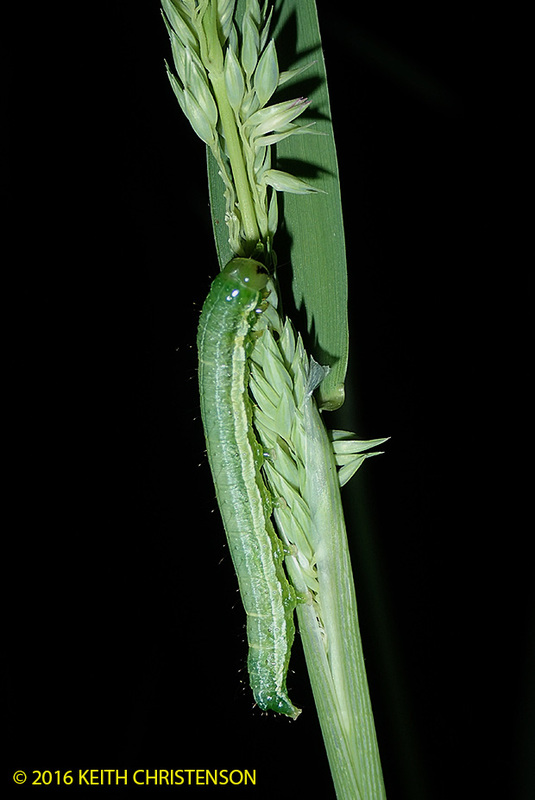
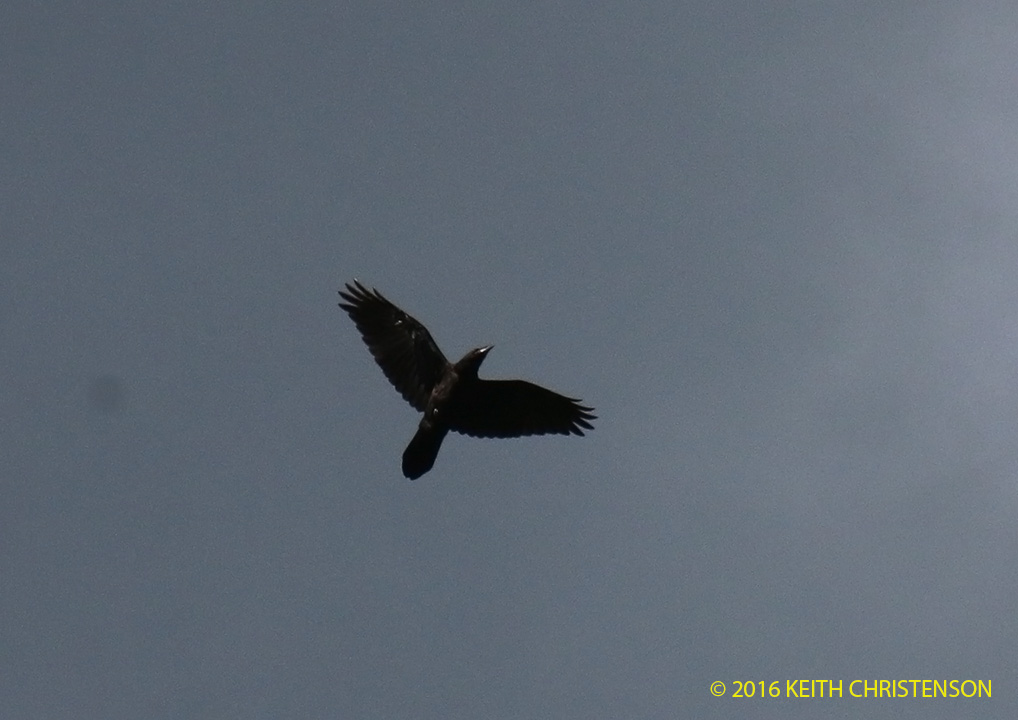





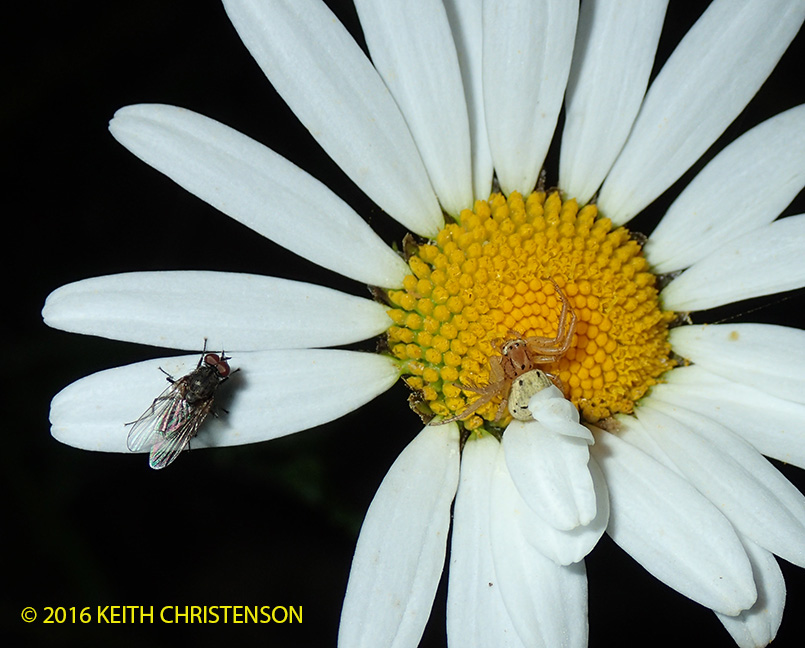
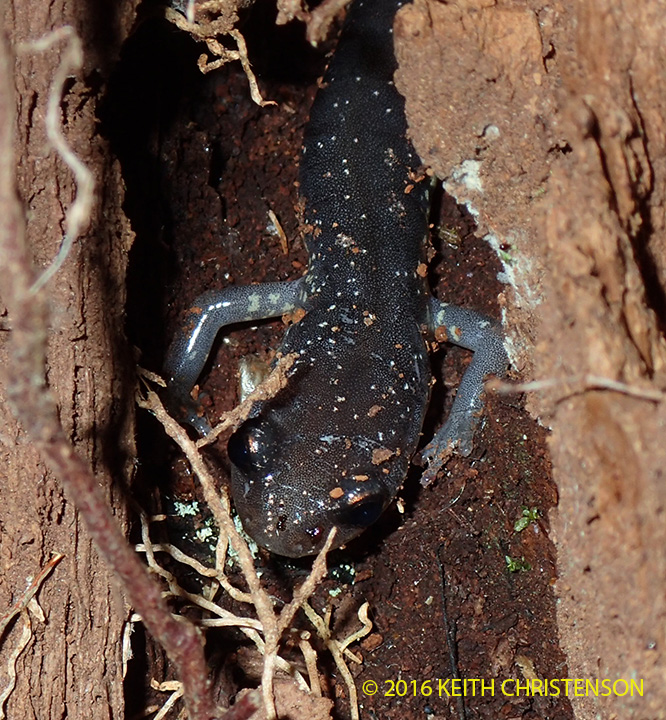

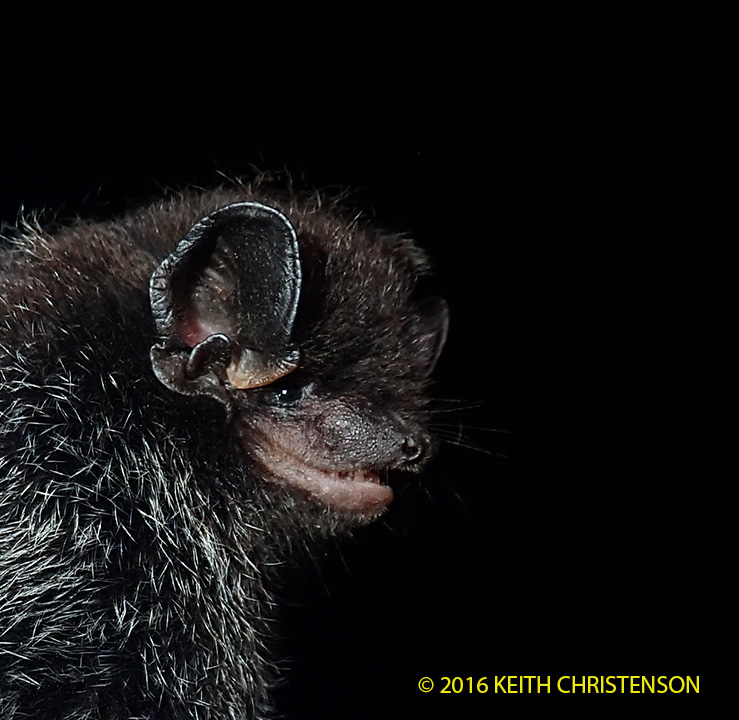
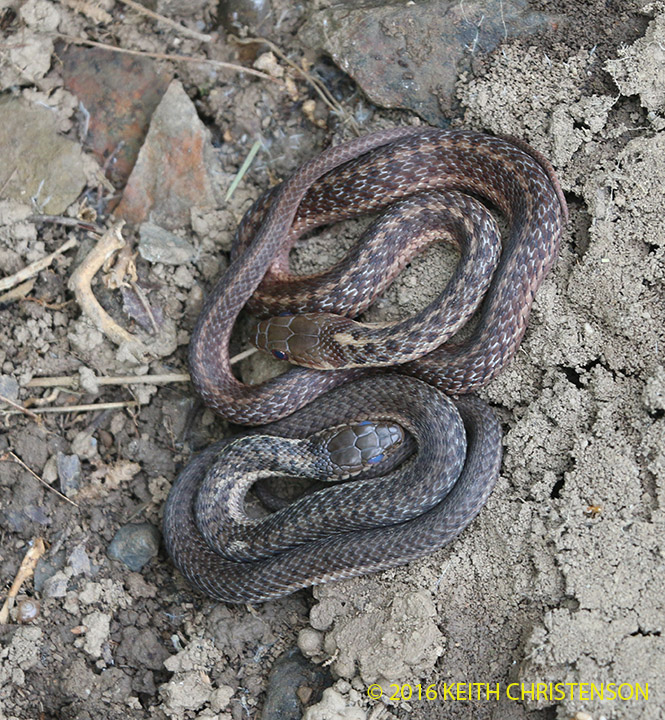
 RSS Feed
RSS Feed